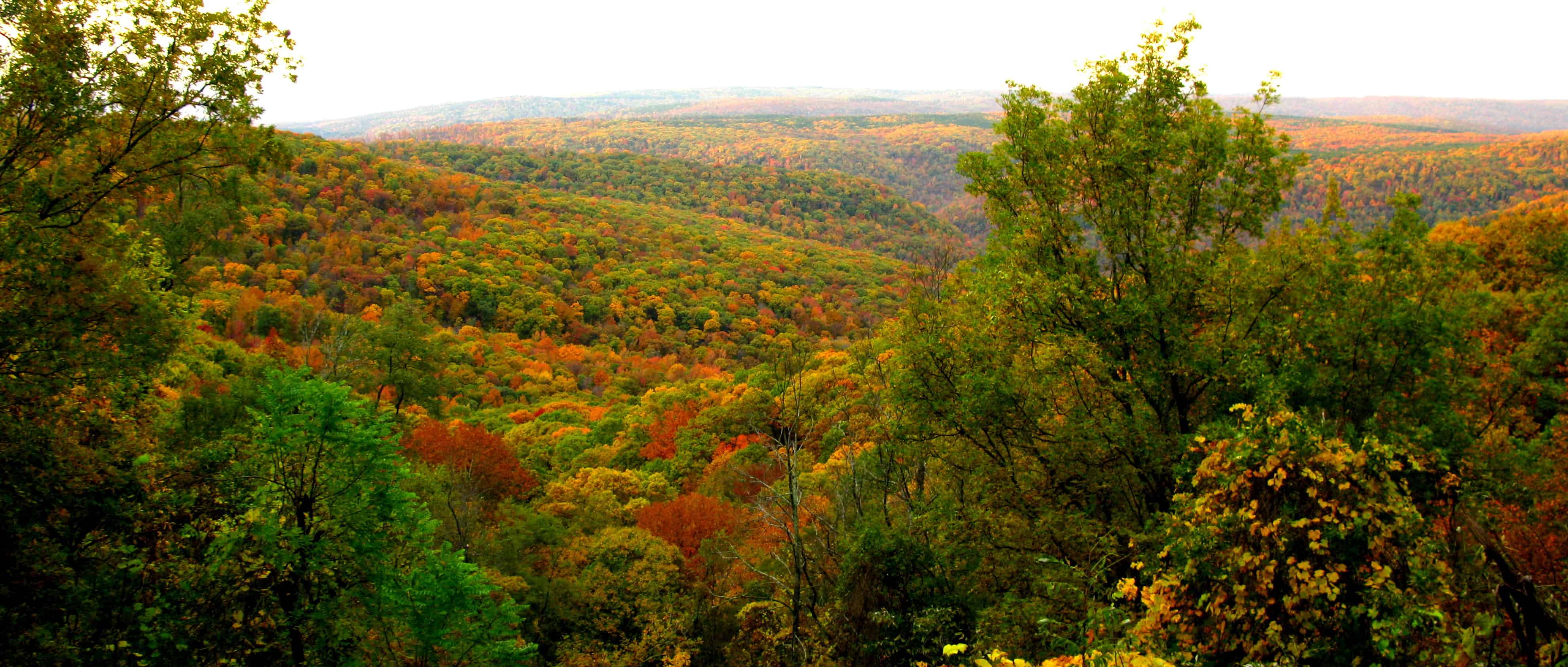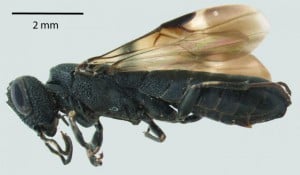Share this article
Social Media Uncovers Parasitic Wasp Range
While sifting through insect samples from Arkansas for a trapping study he was working on, Michael Skvarla, a PhD candidate at the University of Arkansas, came across a parasitic woodwasp — an insect that’s rarely collected and, therefore, not quite what Skvarla was expecting to find.
After investigating further, Skvarla, lead author of a paper recently published in Biodiversity Data Journal, and his colleagues found a second specimen. And a third. This was the first time researchers were seeing woodwasp samples in the state, which suggested that the species’ range — originally found only in the Northeast, south through Virginia — extended further west than previously thought, and the Arkansas specimens were not a fluke.
Investigations continued. Skvarla discovered photos of the wasp taken in Iowa, Minnesota and Manitoba on social media sites such as Flickr and BugGuide — a citizen science website where experts collect citizens’ photographs of bugs from the United States and Canada for identification and research. Skvarla contacted the photographers who allowed him to use their photographs for his research.
Parasitic woodwasps live on wood boring beetles and wood boring wasps. “They’re fairly rare and they’re not controlling insects as far as we know,” he said. “They’re just out there doing their thing.”
Skvarla isn’t surprised by the recent discovery of the species’ expanded range primarily because places such as the Ozarks in Missouri and Arkansas are understudied and the wasps are also hard to detect making their range difficult to determine. “When nobody looks, it’s easy to make new discoveries like this,” he said.
Social media proved to be a useful tool in Skvarla’s research. “People are taking photos of things not knowing if they’re important or not.” Increasingly, researchers are discovering new species and learning more about wildlife through websites such as Flickr and Facebook, according to Skvarla. “I think in the future, it won’t be a big component of natural history and basic science, but it’s an additional tool we can use,” he said.
Header Image: A photo from the Ozark Highlands Trail in Arkansas.
Image Credit: OakleyOriginals, licensed by cc 2.0









